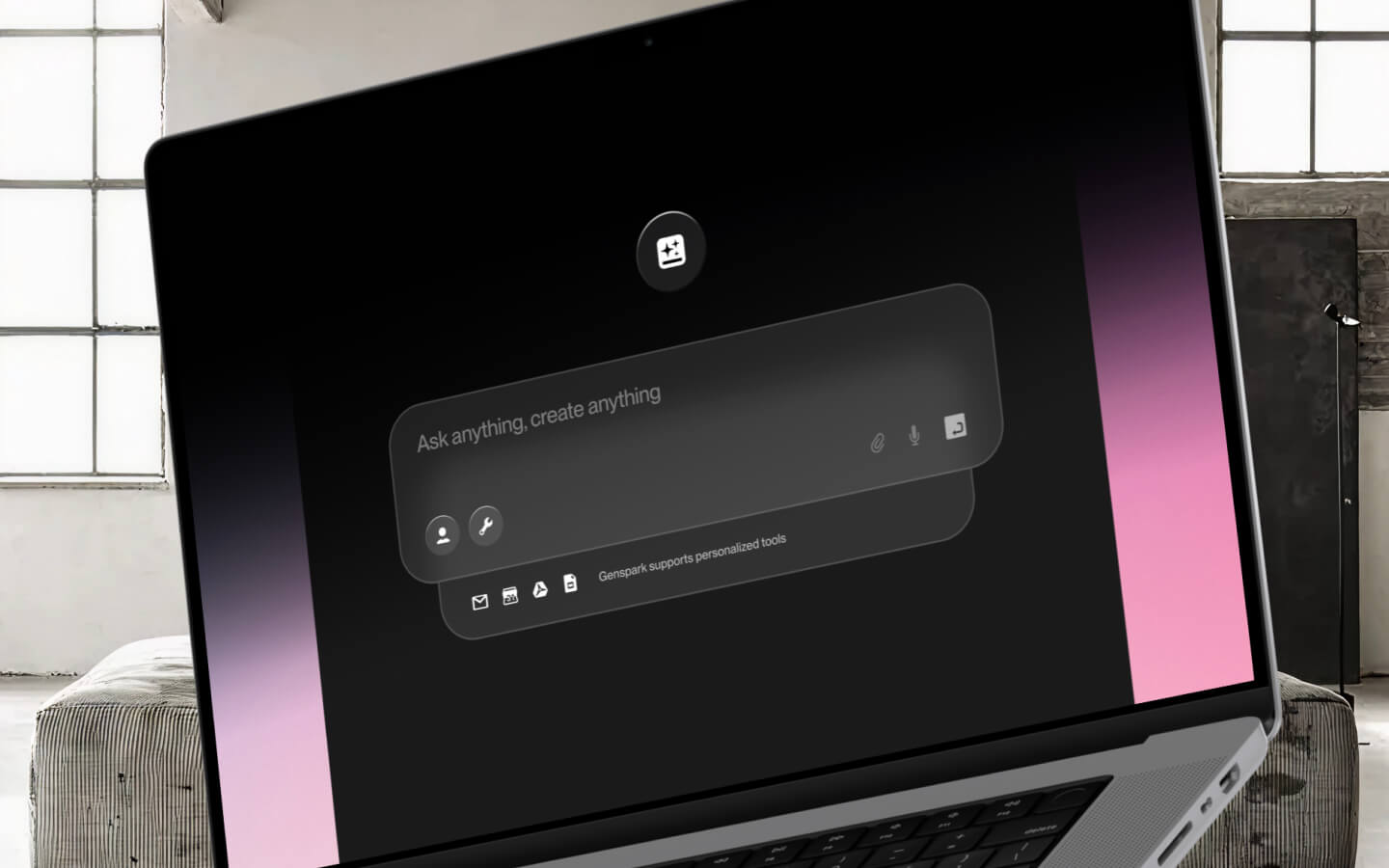The fastest way to scare off a Series A investor is to casually tell them you have $8MM in convertible notes outstanding that you’ve raised over 3 years from 30 small investors. Yet, this exact scenario is happening more often as entrepreneurs opt to kick the valuation can down the road and raise increasingly large seed rounds on convertible notes or SAFEs (simple agreement for future equity). It’s time for entrepreneurs to wise up and understand the math behind seed financings. Let’s use a real example to explain the painful math behind note conversion. I’ve created this Google sheet which has a realistic scenario for a Series A transaction. Please feel free to download it as Excel or copy it to your Google Drive.
How to Avoid The 7 Deadly Seed Sins
1. Multiple Liquidation Preferences
In the sample transaction I modeled, the founders raised only $10MM ($2.5MM in notes and $7.5MM in Series A) and yet the cap table shows over $15MM in liquidation preferences. This is due to the notes + interest converting at caps and discounts so the principal value of the notes buy proportionally more Series A shares. The math of liquidation preferences is pretty straightforward for a founder — the $2.5MM in notes yield $7.5MM+ in liquidation preferences which result in $5MM less in money available to common in an exit scenario where preferred doesn’t convert to common.
In addition to the liquidation preferences, the seed investors will also have 3x the number of shares when calculating things like voting, pro-rata rights, blocking rights (or anything else based on share counts).
Solution: You can specify in your convertible notes (at the time of signing) that liquidation preferences will be limited to 1x principal plus interest. You can also have the convertible notes convert into a shadow preferred equity (similar share price mechanics, but lacking voting and other preferred rights) or a blend of preferred and common to accomplish the same thing.
2. Interest Compounds Quickly
The majority of convertible notes I see accrue interest at a rate of 8% per year. That may not sound like a lot, but it adds up quickly (and impact of accrued interest is multiplied by discounts and caps). Founders who finance their companies over time on multiple notes over 2–3 years really get hit hard. I recently saw a company that had raised $10MM on convertible notes over a 4 year period. Interest alone was over $2MM! In our sample transaction, the $1MM of convertible notes swells by 26% to $1.26MM at the time of conversion due to interest.
Solution: Convertible notes are required by law to have an interest rate. Set it at 1% or 2%. Investors aren’t investing in convertible notes to get rich off of interest. SAFEs also take care of this because SAFEs don’t have interest.
3. Full Ratchet
No entrepreneur who has a choice would accept a full ratchet in a Series A…so why does every entrepreneur smile and gladly accept one with convertible notes and SAFEs? In the sample transaction I modeled, Seed Investor #4 has a SAFE with a $25MM cap and a 20% discount. The Series A has a pre-money valuation of $20MM so the SAFE converts at a 20% discount to that price which is $16MM. Not only did the note ratchet down to the future equity price (definition of a full ratchet) but it converts at a discount!
Solution: There is only one solution here: execute a priced equity round.
4. Devil in the Details on Conversion Mechanics
There is no standard convertible note format and SAFEs can be tweaked and amended to the point where even a lawyer wouldn’t recognize the document. The bottom line is that you as an entrepreneur need to understand the specific details of how the note will convert into equity. For example, how is the conversion price calculated? In sample transaction I modeled, I included the option pool refresh in the denominator for calculating the conversion price per share. That’s advantageous to the seed investors as it has the effect of lowering the conversion price per share. Other questions to consider: Are convertible notes diluted by other convertible notes? Does a note holder have to convert or is it an option if a threshold isn’t met?
Solution: Entrepreneurs need to understand the math and protect themselves by specifying every calculation so you don’t leave anything to interpretation later.
5. Rounding Up the Cats and Dogs
As entrepreneurs raise larger seed rounds, the number of investors contributing to these party rounds has gone up. I’ve seen convertible notes that have 30 or more individual investors. It’s great when you are signing notes and receiving money. It’s a nightmare when you have to get each of those investors to sign legal documents to convert their notes into equity. That’s 30 conversations you have to have and 30 opportunities for an investor to be unhappy with the transaction you negotiated and potentially blow it up.
Solution: In general, I think founders should limit the number of note holders. You can accomplish this best by having large, institutional seed investors lead your round. If you can’t do that, then I highly recommend you write a drag along right into your seed financing documents. A drag along allows you to compel all the investors to accept a transaction if some predetermined threshold (majority or 60%) of investors vote for it.
6. Forced Repayment of a Note at Maturity
Founders never assume that someone will want their capital returned to them (+ interest) at maturity of a convertible note. When signing a convertible note, it’s inconceivable that a founder won’t raise a successful Series A and convert the notes prior to expiration (usually 2 years). Of course, raising multiple convertible notes over time increases the odds of this happening. Further, when companies need a little longer to figure out product-market fit (and thus can’t raise an A) is EXACTLY the time when a skittish note holder might demand their cash back.
Solution: Choose experienced investors who understand the risks. Experienced investors won’t ask for their capital back, because they know their reputation will be shot. Inexperienced investors are more likely to head for the hills and they won’t care about their reputation.
7. 2x Liquidation on M&A Outcome
If the company is acquired prior to the notes converting, note holders generally receive a multiple of their principal + interest. This can effectively kill the return in an acquihire scenario. In the sample transaction I modeled, the first two notes would take $2.5MM of value in an acquihire scenario (2x principal plus interest) even though the investors only put in $1MM. Then the SAFE holders would take another $1.5MM. If the founders sold the business for $4MM, they employees would wind up with nothing in this scenario.
Solution: SAFE’s definitely help this scenario. With a SAFE, note holders can either receive 1x their principal (no interest on SAFEs) or participate with common on an as-converted basis at the cap.
Be SAFE, Know What You Are Signing
Convertible notes (debt instruments that can convert into equity in a future financing) and SAFEs (simple agreement for future equity) can be used responsibly. The original (and still best use case) of convertible notes is as a bridge financing instrument funded by insiders to help a company achieve a near term milestone (such as an equity financing). Convertible notes or SAFEs can also be effective as seed financing when the amount is limited (to $1.5MM or less total), the number (less than 10) and quality of investors is manageable, and the anticipated time horizon for conversion is less than 18 months. In any other situation, I would recommend using a priced Series Seed round so you and your investors unequivocally know the cap table, governance structure and investor rights. Yes, it may be a little slower and more expensive to execute, but it will save you time, save you money and set your company up for a successful Series A.
Special thank you to Brian Patterson, Partner at Gunderson Dettmer for sharing his knowledge and expertise for this post. You can watch a video interview orpodcast of Brian discussing these topics and more.


